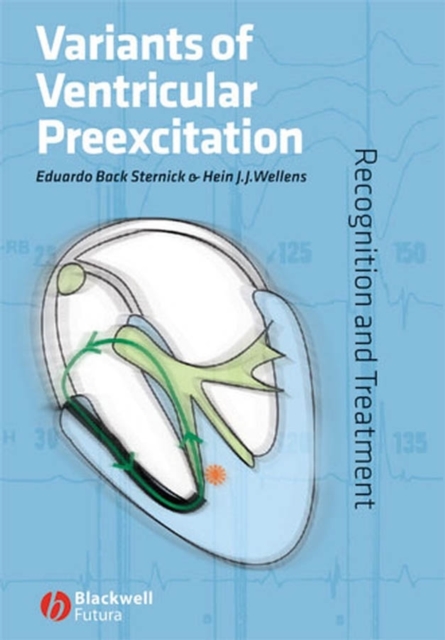
Variants of Ventricular Preexcitation : Recognition and Treatment PDF
by Eduardo Back Sternick, Hein J. J. Wellens
Description
"Variants of Ventricular Preexcitation: Recognition and Treatment provides a unique opportunity for general cardiologists and electrophysiologists to find in one text the intricacies of recognizing and treating a group of disorders that has intrigued physicians for more than 100 years."
from the Foreword by Mark E. Josephson, MD, Chief, Cardiovascular Division, Beth Israel Deaconess Medical Center, Boston, USA
Drs Sternick and Wellens combine their expertise in the diagnosis and treatment of cardiac arrhythmias to bring you this complete overview of decrementally conducting accessory pathways and their role in cardiac arrhythmias.
This is the first book dedicated to these special types of accessory pathways, their recognition and management. By covering the uncommon varieties of ventricular preexcitation, this book supports you in improving patient care by:
- Helping you to identify decrementally conducting AV fibers- which comprise 3-5 % of all accessory AV pathways
- Explaining exactly what information can be obtained from the 12-lead ECG
- Showing how to identify and localize these pathways during an electrophysiologic study
- Detailing the proper treatment and how to treat these patients
By explaining the fundamental pathophysiology as well as the diverse clinical presentation of arrhythmias, Drs Sternick and Wellens demystify the subject of the different variants of decrementally conducting accessory pathways leading to ventricular pre-excitation and their role in cardiac arrhythmias.
Information
-
Download - Immediately Available
- Format:PDF
- Publisher:Wiley
- Publication Date:15/04/2008
- Category:
- ISBN:9780470994986
Other Formats
- Hardback from £91.69
Information
-
Download - Immediately Available
- Format:PDF
- Publisher:Wiley
- Publication Date:15/04/2008
- Category:
- ISBN:9780470994986






